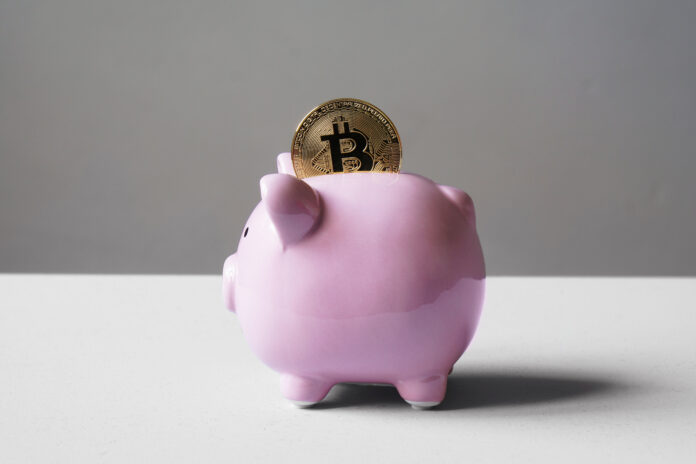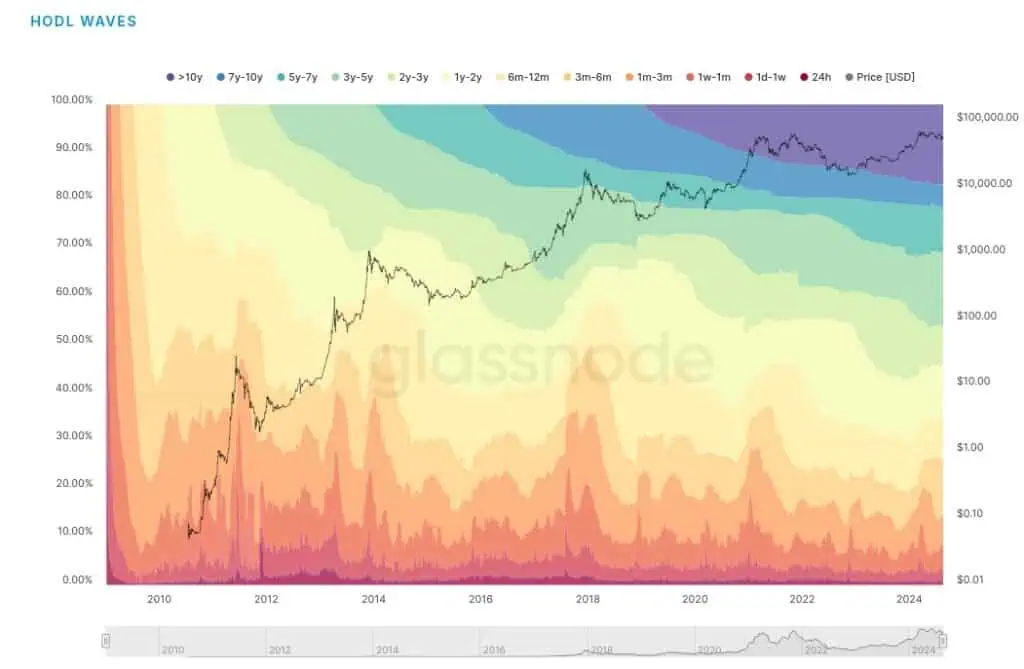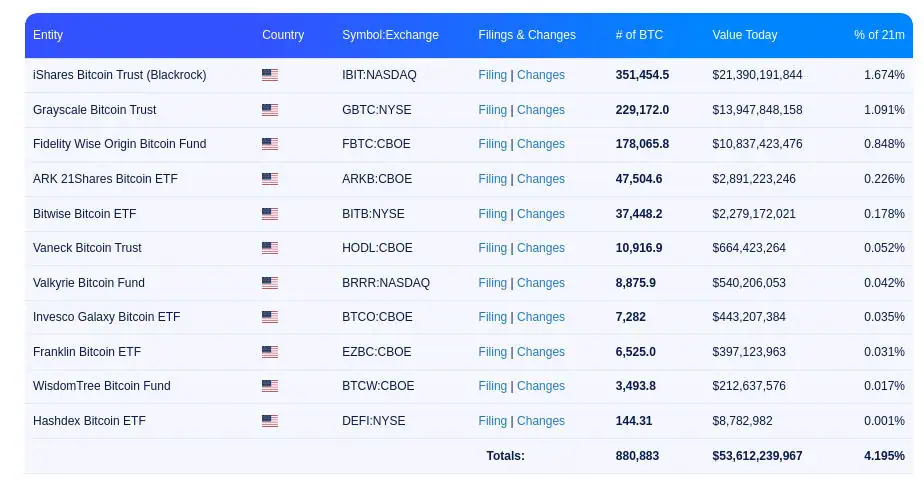
Data from Glassnode has revealed that nearly 75% of Bitcoin in circulation has not been moved in over six months.
This year, the supply of bitcoins on the market has been quite limited, according to Glassnode data on Bitcoin HODLing.
According to the blockchain analysis firm, almost three-quarters of the Bitcoin in circulation in the market has not been transacted in the last 6 months, suggesting that a large part of BTC holders are opting for an investment strategy at long term with the leading cryptocurrency.
The term HODL refers to an investment strategy that consists of holding assets, in this case Bitcoin, for the long term. This phenomenon reflects a growing trend among investors who seem to be increasingly convinced of the future potential of the market-leading cryptocurrency.
Investors choose to keep their bitcoins
Instead of selling, investors appear to be choosing to hold onto their bitcoins, according to Glassnode's chart.
The firm's data shows that the percentage of Bitcoin that has remained inactive for at least six months has increased slightly, going from approximately 68% in 2019 to the current 74%. This small but important change suggests an accumulation trend among investors, who appear to be betting on an increase in Bitcoin's value in the long term.

Source: in Glassno
The idling of a large portion of Bitcoin's circulating supply means the amount of the leading cryptocurrency available for trading is considerably lower, which could result in a price surge if demand continues to rise.
Although the price of Bitcoin has experienced a drop of more than 10% in the last month, with a current price around $60.000, in the long term the cryptocurrency reflects a considerable increase of 130% in the last 12 months . This market behavior reflects Bitcoin's resilience, even in times of volatility, so accumulation by long-term investors may be an indication of confidence in the future of the cryptocurrency.
The impact of spot ETFs on the rise of Bitcoin HODLing
The increasing accumulation of Bitcoin by spot ETFs is playing a crucial role in this scenario of preserving Bitcoin holdings. Bitcoin ETFs, which are exchange-traded investment instruments, allow institutional and retail investors to access the cryptocurrency without needing to own it directly, which has led to a surge in demand. As these funds acquire more Bitcoin, the amount of assets available for trading shrinks further, which could intensify upward pressure on prices.
According to data from the Bitcoin Treasuries platform, Bitcoin spot ETFs, which were launched in the United States in January of this year, accumulate a total of 880.883 BTC, valued at more than $53.000 billion, at the time of writing this article.

Source: Bitcoin Treasuries
In addition to the approval of spot ETFs, the CryptoQuant platform pointed out the possibility of a capitulation event by crypto miners, as profit margins from operating on this blockchain network have fallen so far this year. The platform suggests that miners may still have to sell their reserves to cover operating costs. This selling could put pressure on the price of Bitcoin in the short term. According to the reportHistorically, miner capitulation events have coincided with local price lows during Bitcoin bull markets, adding a level of uncertainty to the market.
Despite these concerns, Bitcoin accumulation by spot ETFs suggests there is sustained interest in the digital asset.
This interest is not only coming from retail investors, but also from institutions looking to diversify their portfolios and benefit from Bitcoin's appreciation potential in the long term. The combination of limited supply due to HODL and growing investor demand for ETFs could create a favorable environment for the cryptocurrency in the future, analysts suggest.
IMPORTANT: The content of this article is for informational purposes only and, in no case, what is written here should be taken as investment advice or recommendations. Bit2Me News reminds you that before making any investment you should educate yourself and know where you invest your money, as well as the pros and cons of the system. We separate ourselves from the actions and consequences that ignorance may entail. If you decide to invest in this or another asset class, you are solely responsible for the consequences that your decisions and actions may have.



